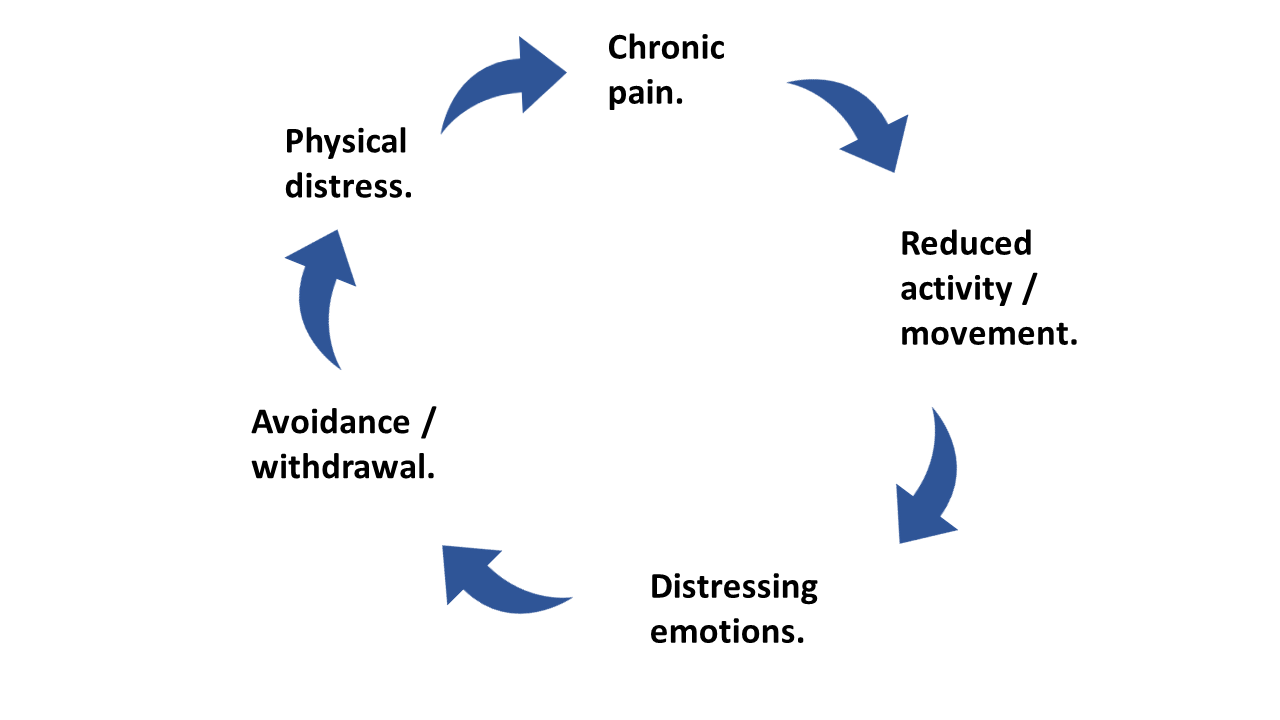
Physical function may be thought of as goal-directed movement, considered a conduit between physical actions, commonly defined as movement, and the environment in which it occurs (Cech & Martin, 2012). If movement is inhibited or impaired, an individual may be less able to participate in goal directed movement, in a safe and efficient manner. Additionally, poor movement can lead to and/or perpetuate pre-existing painful conditions; a vicious cycle begins, feeding pain and deeper functional pathology, a phenomenon known as the chronic musculoskeletal pain cycle (Page, Lardner, & Frank, 2010).
If one wishes to mitigate faulty motions, it is essential to understand the underlying mechanisms and influences upon physical function. Such requirements are reached and delineated by way of assessments. Thus, the following will explore 3 key assessments that help reveal and explain the nature of movement impairments consisting of: basic movement patterns, muscle length testing, and soft tissue quality (Page et al., 2010).
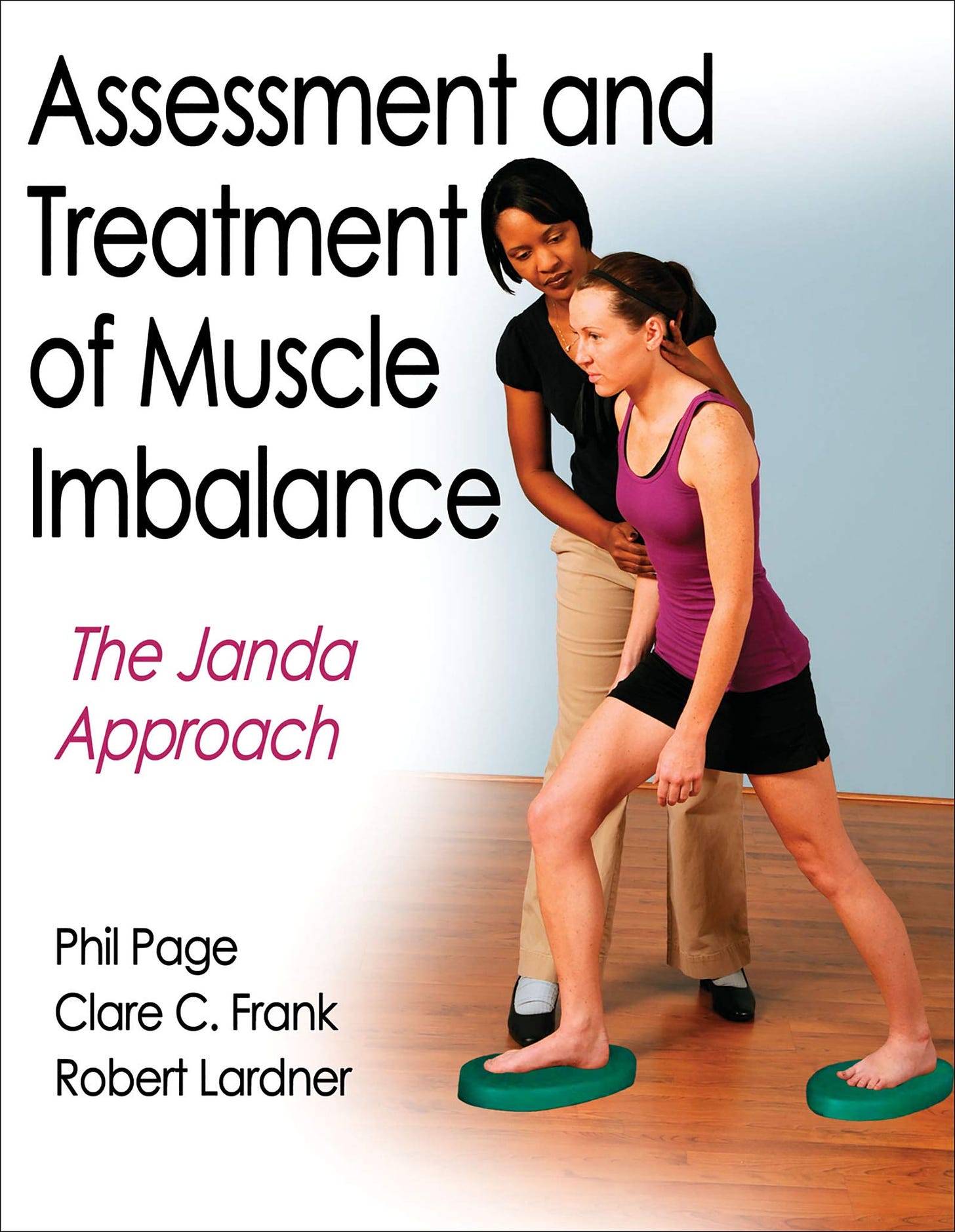
The 6 movement patterns implemented by Janda included: hip extension, hip abduction, curl-up, cervical flexion, push-up, and shoulder abduction (Page et al., 2010). Each test is characterized by a typical motor response, in addition to clinical indicators of pathology. Observation of such movement patterns allows the examiner to analyze the coordination of prime movers, synergists, and stabilizers; considered the constituents of motion (Page et al., 2010).
Value is placed on the smooth sequencing and coordination of movement, rather than isolated strength, because the latter does not provide adequate insight into robust, multi-joint and multi-muscle motions, considered the method in which the body truly operates. Such an approach is further supported by the concept of coordinative structures, which states that that the body organizes and coordinates particular groups of muscles to achieve an action goal or movement (Magill, 2011).
When aberrant firing patterns and atypical sequencing of muscle group activation occurs during a movement pattern test, a secondary protocol is initiated to further understand the cause of the aforementioned findings, known as muscle length testing (Page et al., 2010).
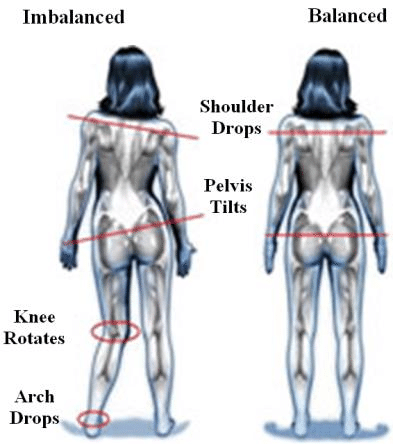
Muscle length testing can be considered a secondary step that confirms findings from a poor movement pattern test, in that it helps narrow down and determine the cause of dysfunction. Janda submitted that movement impairments emanate from muscle imbalances; some muscles tend to be tight, while others tend to be lengthened (Page et al., 2010).
Such qualities like muscle tightness decrease joint range of motion, cause facilitation of other muscles, inhibition of reciprocal muscles, leading to inefficient movements and eventually, functional pathology (Page et al., 2010).
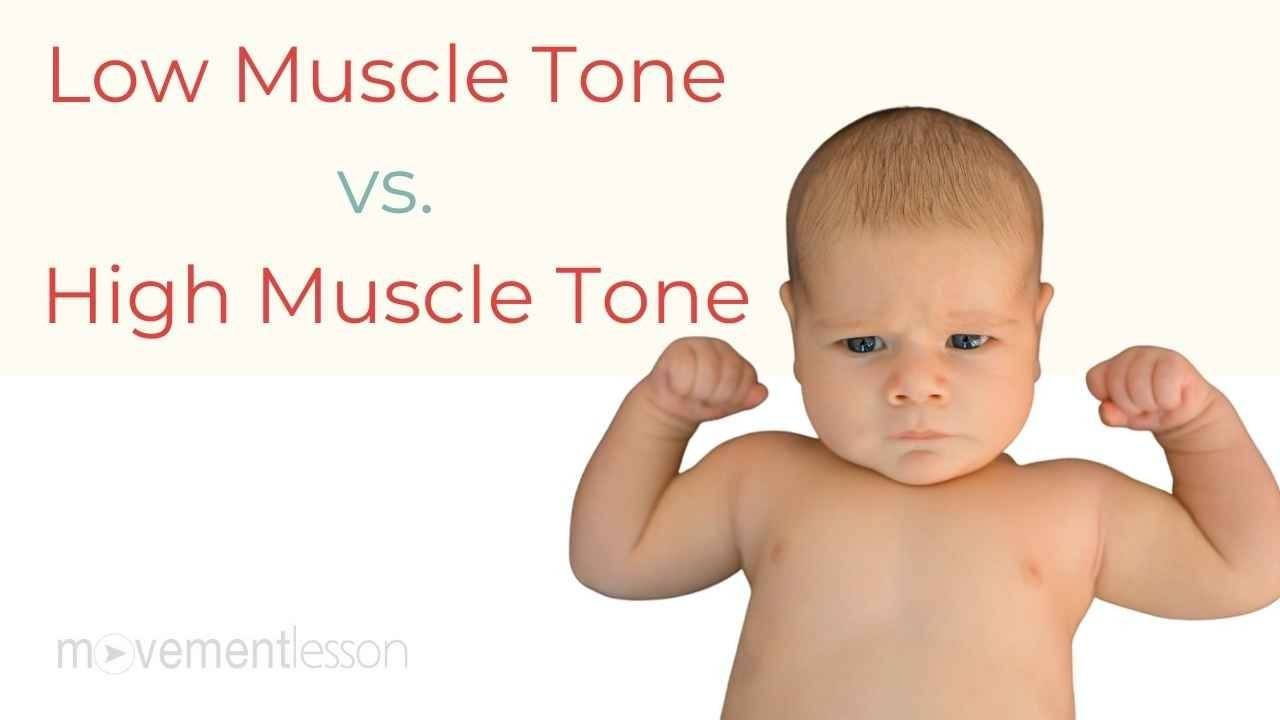
Muscle tone is controlled by two physiological drivers; viscoelastic properties and contractile activity (Page et al., 2010). Viscoelastic properties of muscle include tightness and loss of extensibility. Contractile activity is characterized by increased tone by way of contracture, spasm, and contraction (Page et al., 2010).
Thus, muscle tension is an aggregate of both physiological mechanisms. Tight muscles also have a higher resting tone and lower irritability threshold, meaning they are more easily recruited in movement. This physiological proclivity contributes to the inhibition of reciprocal muscles, as well as perpetuating movement dysfunction, altered joint mechanics, and pain (Page et al., 2010).
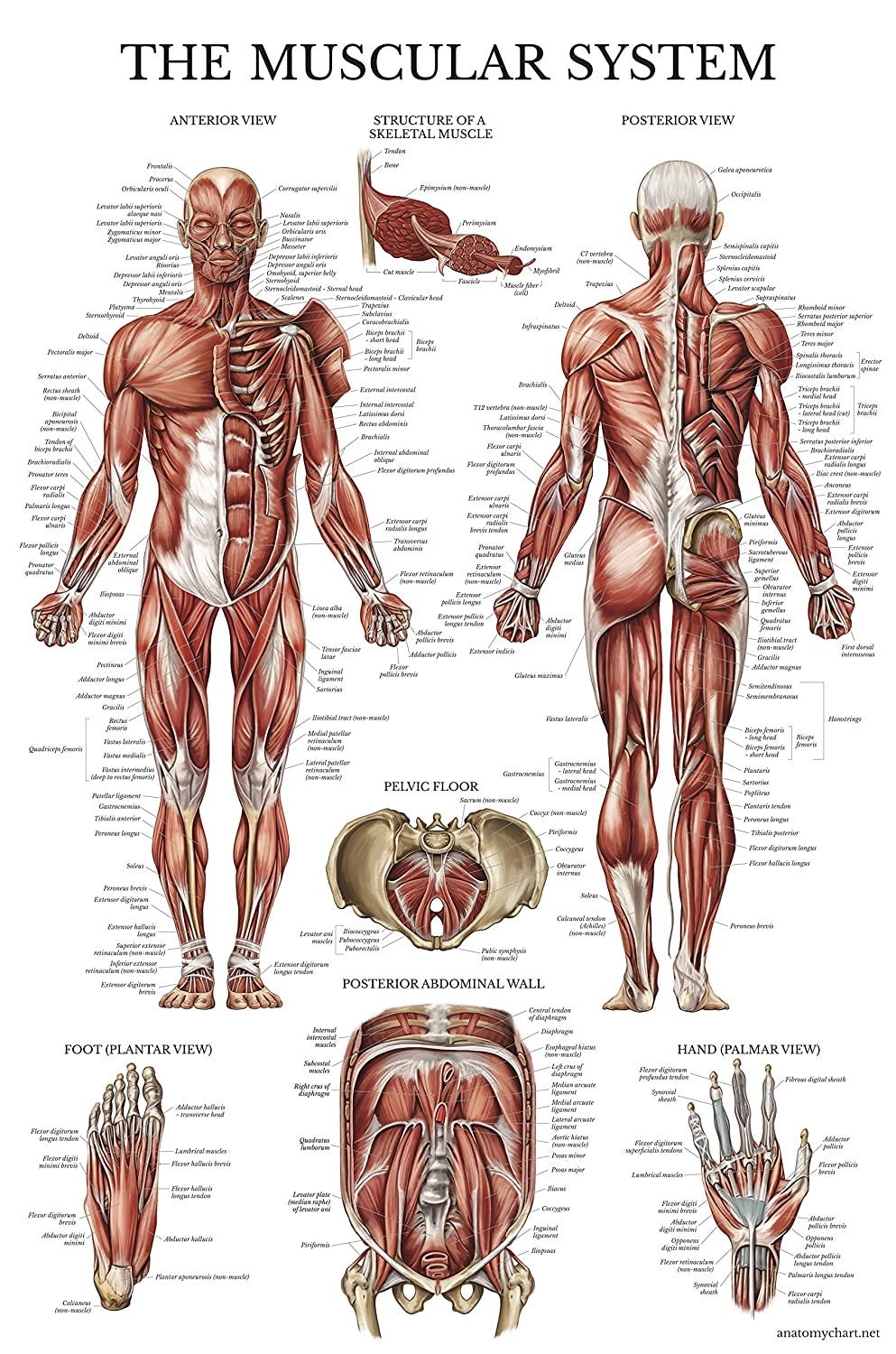
The authors suggested implementing muscle length testing to those exclusively involved in the impaired movement pattern, as a means of saving time and maintaining relevance of the test (Page et al., 2010). Suggested regions to test muscle length include: psoas major, hamstring muscle, adductor muscle, triceps surae, quadratus lumborum (including the prone and side lying position) standing lateral trunk flexion, paraspinals, piriformis, pectoralis minor/major, latissimus dorsi, upper trapezius, levator scapulae, and the sternocleidomastoids (Page et al., 2010).

Soft tissue assessment (STA), similar to a muscle length test, is another step which helps uncover the nature and causes of impaired movement patterns (Page et al., 2010). In the aforementioned sections, muscle tone was defined by its global effects. However, skeletal muscle can also experience small and focal changes, known as trigger points (TrPs) (Page et al., 2010).
TrPs are small regions of hypertonic muscle, which exhibit pain upon palpation, and contributes to inefficient movement patterns by affecting the neural control of muscle (Page et al., 2010). TrPs tend to occur in muscles, which have experienced trauma, overuse, and prolonged spasms. Finally, TrPs are associated with and/or contribute to muscular pain, weakness, paresthesias, loss of coordination and decreased work tolerance (Page et al., 2010).
Key regions that may be examined for TrPs include: quadratus lumborum, thoracolumbar fascia, psoas major, piriformis, adductor magnus, hamstrings, medial gastrocnemius, sole of the foot, suboccipital region, sternocleidomastoid, upper trapezius, levator scapulae, pectoralis major, and the lateral wrist extensors (Page et al., 2010).
Assessment of basic movement patterns, muscle length testing, and soft tissue quality encourages one to consider the kinetic chain in its entirety, its involvement in faulty movement patterns, and the neurological drivers governing complex motions. Such a methodology acknowledges and integrates the dynamic interplay of multiple systems, while providing an evidence-based approach and algorithm to assessment of movement dysfunctions. If one wishes to truly mitigate faulty movement patterns and pain, vigilant implementation of the aforementioned assessments serves as the vital first step to reaching that end.
References
Cech, D., & Martin, S. (2012). Functional movement development across the life span (3rd ed.). St. Louis, MO: Elsevier Health Sciences.
Magill, R. A. (2011). Motor learning and control: Concepts and applications (9th ed.). New York: McGraw-Hill.
Page, P., Lardner, R., & Frank, C. (2010). Assessment and treatment of muscle imbalances: The Janda approach. Champaign, IL: Human Kinetics.
-Michael McIsaac
